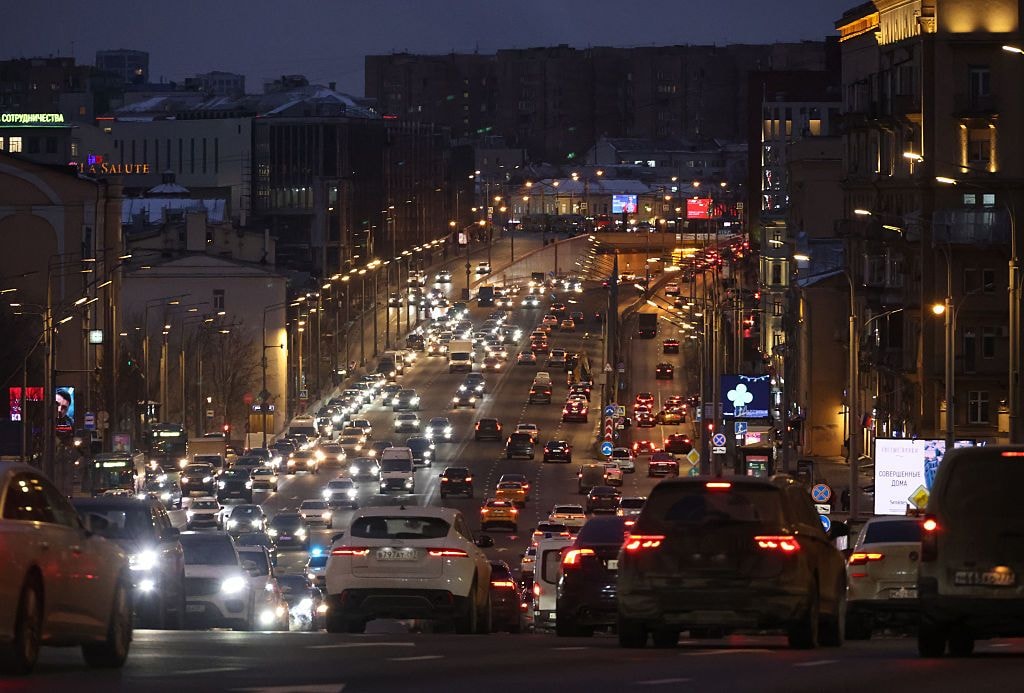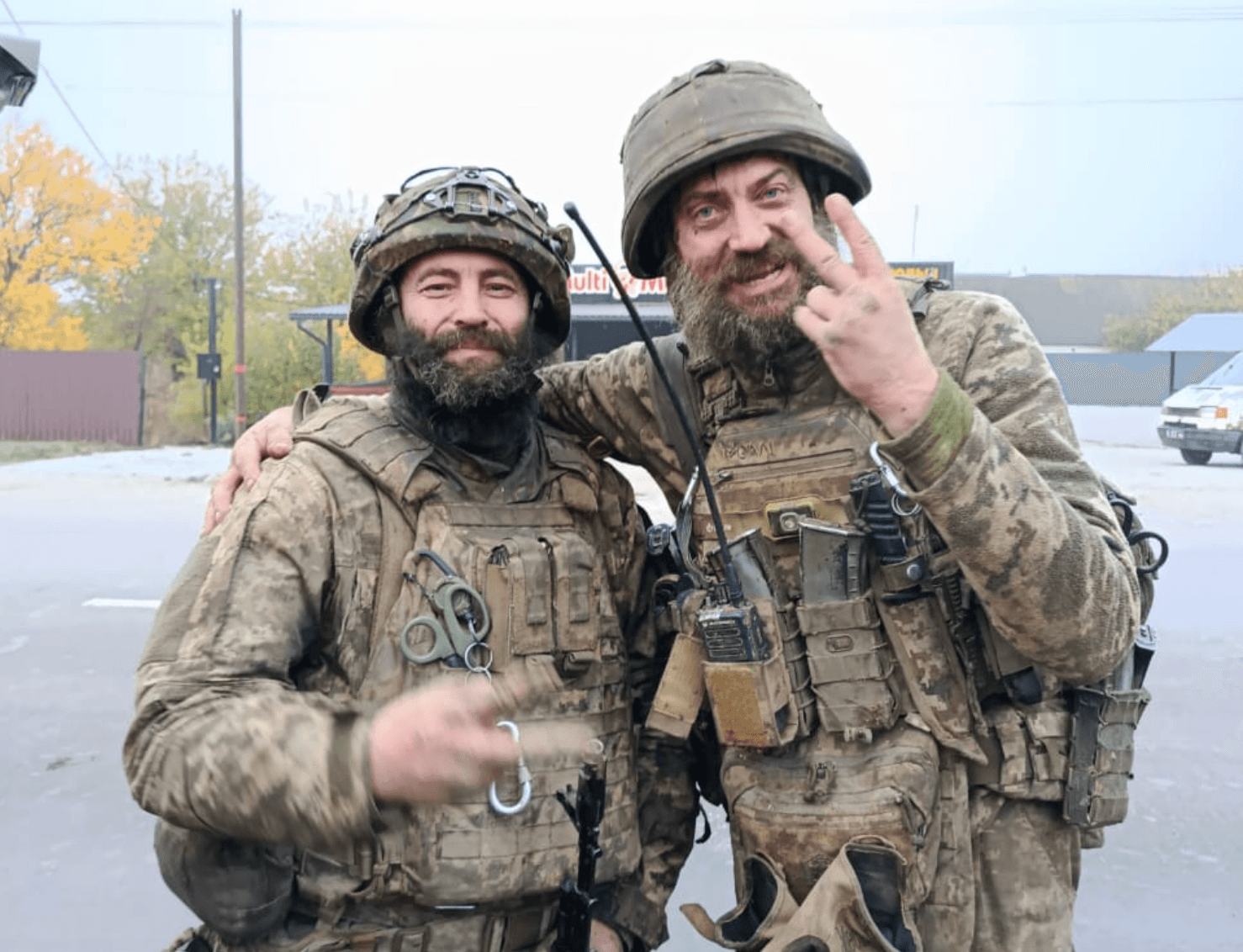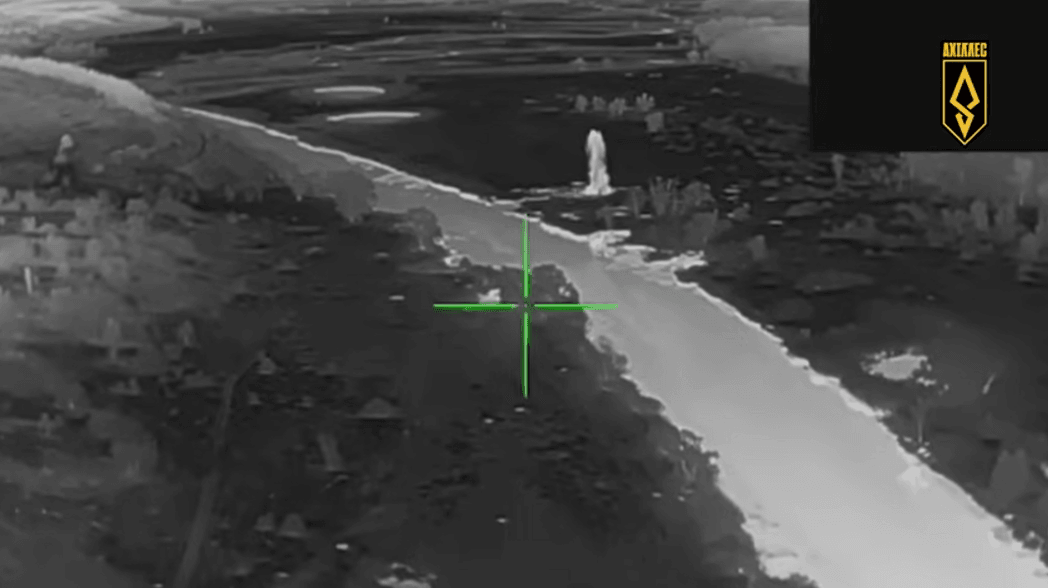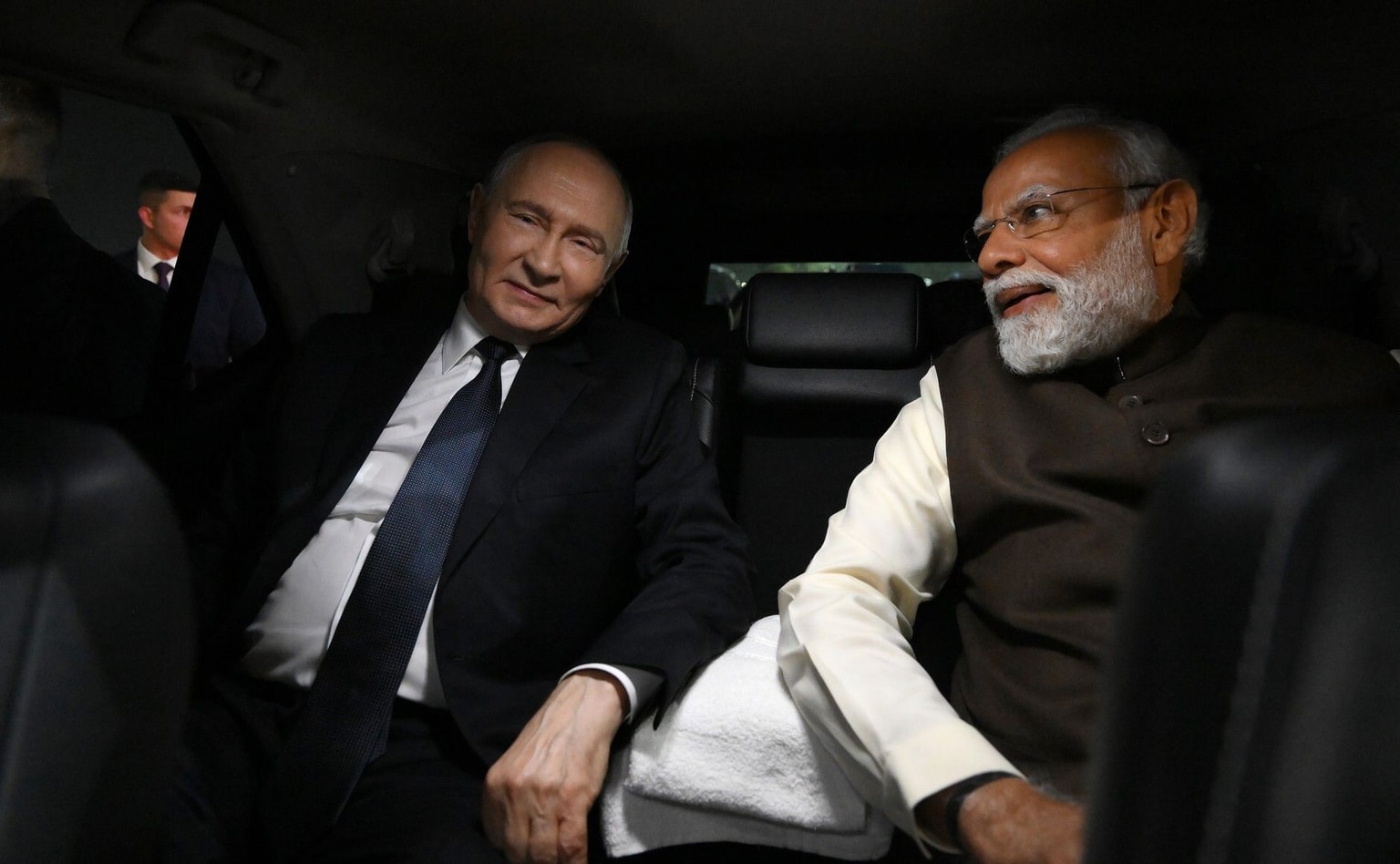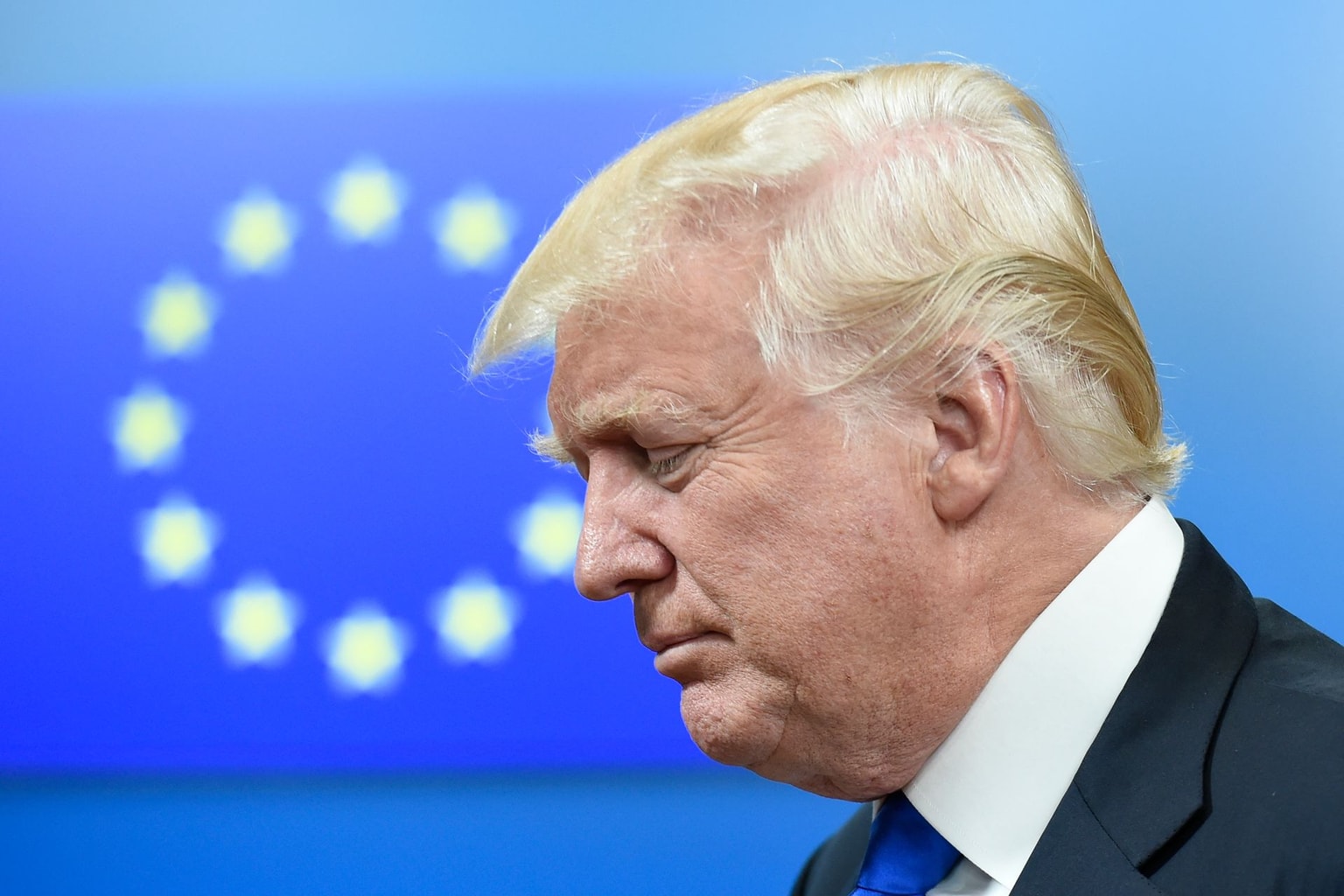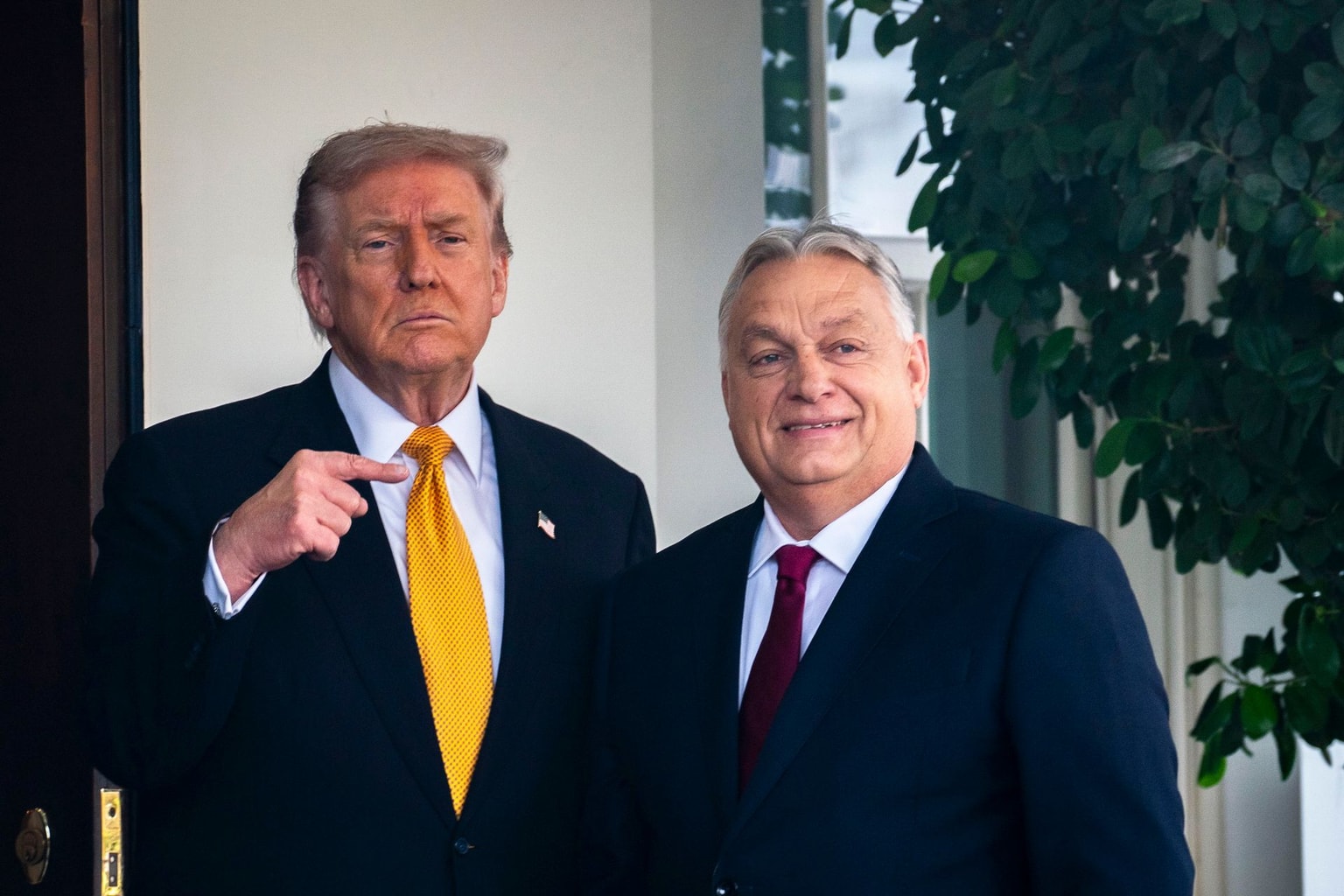
A new push for an end to the war?
U.S. President Donald Trump (R) greets Russian President Vladimir Putin (L) in Anchorage, Alaska, U.S. on Aug. 15, 2025. (Andrew Caballero-Reynolds / AFP via Getty Images)
Ending the Russia-Ukraine war moved back into the headlines last week with press reports of a 28-point U.S.-Russian peace plan.
The plan’s heavy slant toward Russian positions sparked immediate alarm in Kyiv and other European capitals, as did President Donald Trump’s suggestion of a short deadline by which Ukraine had to agree.
A flurry of diplomacy over the weekend seems to have improved Ukraine’s position.
The British, French, and German leaders issued a counterproposal that would protect points of key interest to Kyiv. U.S.-Ukrainian negotiations in Geneva were termed productive by both sides and produced an “updated and refined peace framework.”
However, other points remain to be settled by U.S. and Ukrainian officials, and Moscow will look with disfavor on any new framework that moves to meet Ukrainian concerns.
In late October, Trump’s frustration with Vladimir Putin appeared to have reached the breaking point. The Trump administration imposed new and potentially significant sanctions on Russian oil exports.
However, three weeks later, on Nov. 19, news of a U.S.-Russian 28-point plan to end the war broke.
Negotiated by Steve Witkoff and Kirill Dmitriev without Ukrainian participation, the plan contained much for the Kremlin to like.
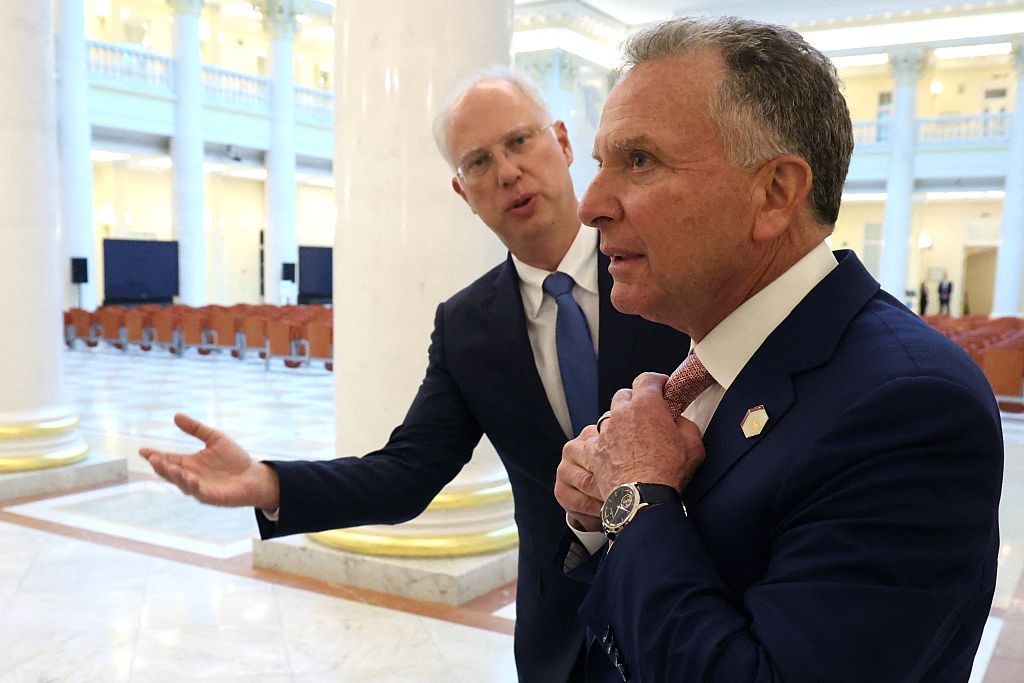
Among other things: significant Ukrainian territorial concessions, including land not occupied by the Russians; “de facto recognition” by Washington of those lands as Russian; a ban on Ukraine joining NATO and on the Alliance deploying forces in Ukraine; lifting of sanctions on Russia; and Russia’s reintegration into the world economy and Group of Eight.
The plan mentioned a U.S. security guarantee but offered no clue as to what that might entail.
The plan crossed major Kyiv red lines.
It would limit the size of the Ukrainian military (but not the Russian army) and constrain Ukraine’s right to choose its allies. It provided for recognition of Ukrainian territory as Russian, though it was unclear what de facto — as opposed to de jure — recognition would mean in practice. (There have been indications that Kyiv might reluctantly accept de facto occupation of some Ukrainian territory, but it adamantly opposes recognition of occupied territory as Russian.)
On Friday, Trump endorsed the plan and set a deadline of Thanksgiving (Nov. 27) for Ukraine to accept it, saying President Volodymyr Zelensky would “have to like it.” If not, “then they should just keep fighting.”
In Kyiv, Zelensky met Secretary of the Army Dan Driscoll and spoke by phone with Vice President JD Vance. Zelensky soberly told Ukrainians they “might face a very difficult choice: either losing dignity or losing a key partner.”
The plan’s substance also troubled those on the Hill. Republican senators expressed concern, noting that the plan had “real problems” and suggesting that Trump had been played by Putin.
On Saturday, European leaders also voiced concern and said the plan needed “additional work.” Perhaps in response to the critiques, Trump commented that the plan was “not my final offer.
On Sunday, the British, French, and German leaders put out a counterproposal keyed to the 28 points in the U.S.-Russian plan. It would fix the points most problematic from the Ukrainian perspective.
For example, rather than conceding Ukrainian territory — on either a de facto or de jure basis — to Russia, the counterproposal would have negotiations on any exchange of territory start from the line of contact at the time of the ceasefire, while committing Kyiv not to use military means to try to recover territory.

On the same day, Secretary of State Marco Rubio led a U.S. delegation that met with a group of senior Ukrainian officials in Geneva. The discussions appeared to have gone well.
Zelensky’s Chief of Staff Andriy Yermak called the talks very productive. Rubio cited a “tremendous amount of progress,” and the sides released a joint statement noting that they had developed an “updated and refined peace framework.” They did not make the framework public, and Rubio said there were still issues to be resolved.
The weekend’s work brought the United States, Ukraine, and Europe more closely back into sync.
However, to the extent that their work moves away from last week’s U.S.-Russian plan, it will encounter opposition from Moscow.
And Putin took a curious stance on the supposed 28-point plan. He seemed to deny a Russian hand in it, telling the Russian Security Council, “We have received this text through the existing communication channels with the U.S. administration. I believe it could also serve as a foundation for a final peace settlement. However, it is not being discussed in detail with us.”
The Russian president thus preserved the flexibility to argue further.
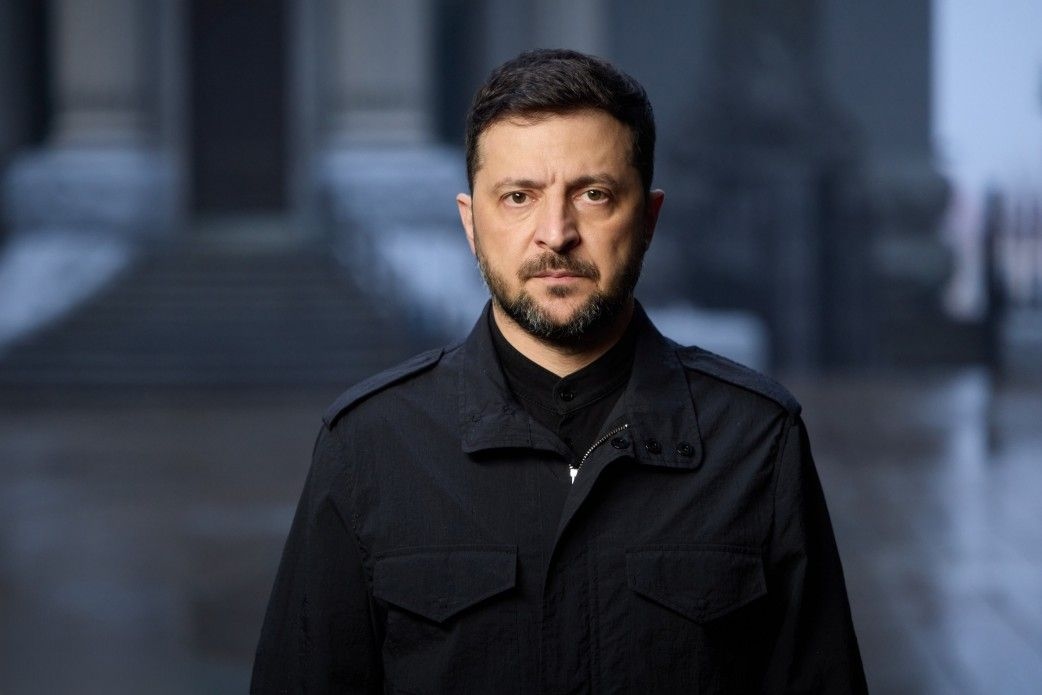
Substantial gaps will remain between the Russian and Ukrainian positions on what it takes to end the fighting, and negotiations continued between U.S. and Russian and U.S. and Ukrainian negotiators on Nov. 25 in Doha.
The United States and Europe have an interest in a just and durable settlement that preserves a strong, sovereign Ukraine with secure borders. The Kremlin does not want that, and Putin still appears to believe he can achieve his goals on the battlefield.
That being the case, in addition to crafting a peace framework, the West will have to increase the pressure on Russia.
That means providing the Ukrainian military the weapons it needs, tightening the sanctions regime on Russia, and using frozen Russian Central Bank assets to back a loan to Kyiv that could fund the Ukrainian army and its arms purchases. Such developments would make clear that the costs to Russia of continuing the war would only escalate until the Kremlin genuinely seeks to end it.
If Washington and Europe are serious about halting the fighting, they thus need to press Moscow. Peace will only come with a major shift in the Russian approach.
Editor's Note: The opinions expressed in the op-ed section are those of the authors and do not purport to reflect the views of the Kyiv Independent.

